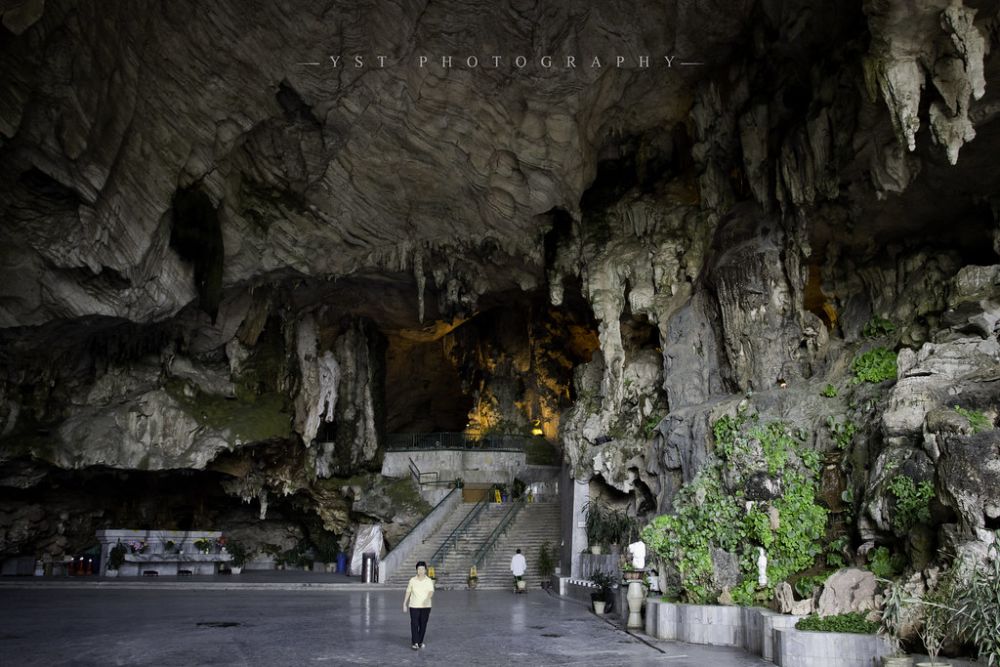

The Kek Lok Tong Cave Temple is undeniably one of Ipoh's crown jewels when it comes to attractions that draw tourists from across the globe. Nestled amidst the rugged limestone cliffs of Gunung Rapat, the temple stands as a magnificent symbol of cultural and natural beauty. Its history as a tourist destination is as rich and layered as the rock formations within which it resides.
Dating back to the 1920s, the temple's scenic enclave was first utilized by Chinese Buddhists for worship. However, it wasn't until the 1960s that the site was developed into a full-fledged cave temple, and since then, Kek Lok Tong has become an integral part of the Malaysian cultural tourism landscape. The temple's serene environment and impressive cave interiors attracted curiosity and reverence, laying the foundation for its future as a tourist hotspot.
Its integration into the Malaysian tourism offering accelerated throughout the latter half of the 20th century. By the 1980s and 1990s, Kek Lok Tong was well-established on the local tourism map, celebrated for offering visitors a peaceful retreat, coupled with the opportunity to explore the awe-inspiring natural cave formations and Buddhist iconography.
In the early 2000s, Kek Lok Tong continued to cement its standing as a must-visit location. The local authorities and temple caretakers made concerted efforts to preserve the natural cave environment while adding amenities for visiting tourists. Recognized for its historical, cultural, and geological significance, Kek Lok Tong has garnered numerous awards over the years, further boosting its appeal and profile.
Recently, the rising trend in ecotourism and the search for spiritual destinations have played into Kek Lok Tong's strengths. The cave temple offers a unique blend of natural beauty and meditative experiences, which increasingly resonates with modern tourists looking for sustainable and meaningful travel experiences. Moreover, the temple's management has embraced social media to promote the site, tapping into the trend of digital connectivity to attract a broader audience.
Visitors can expect a holistic experience engaging with nature, spirituality, and history. Strolling through the cave's grand chamber, noticing the intricacies of Buddhist statues and altars, and enjoying the serene garden with its clean pond; these elements combine to provide an immersive and memorable visit. The Kek Lok Tong Cave Temple stands as a testament to Ipoh's rich cultural tapestry and continues to play a significant role in the region's tourism narrative.